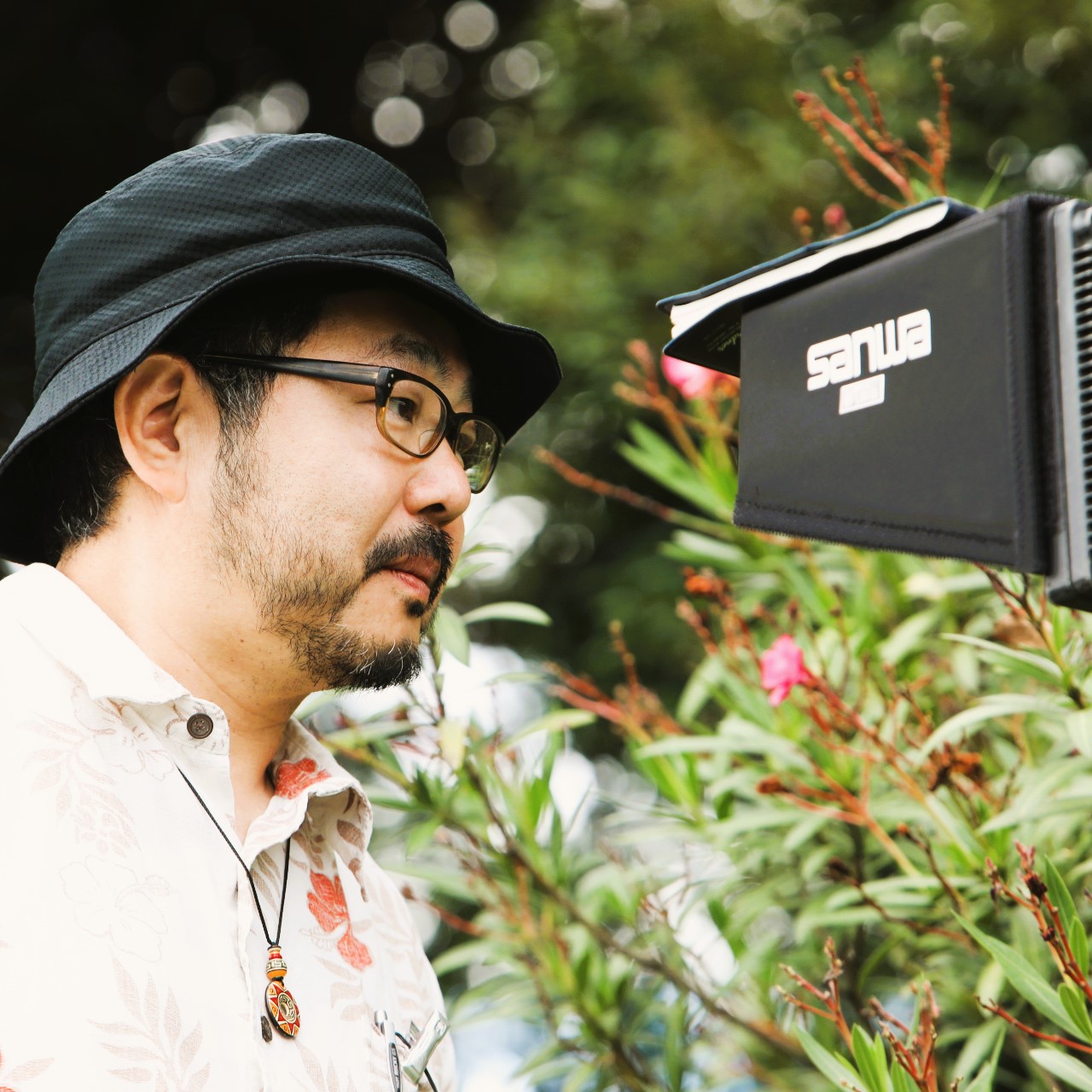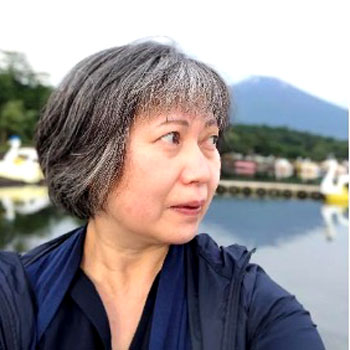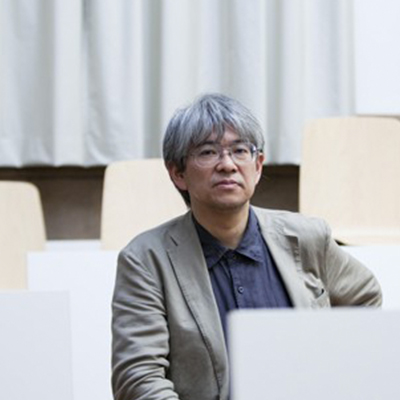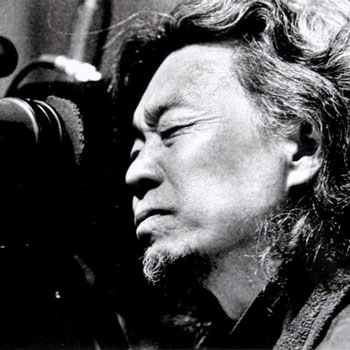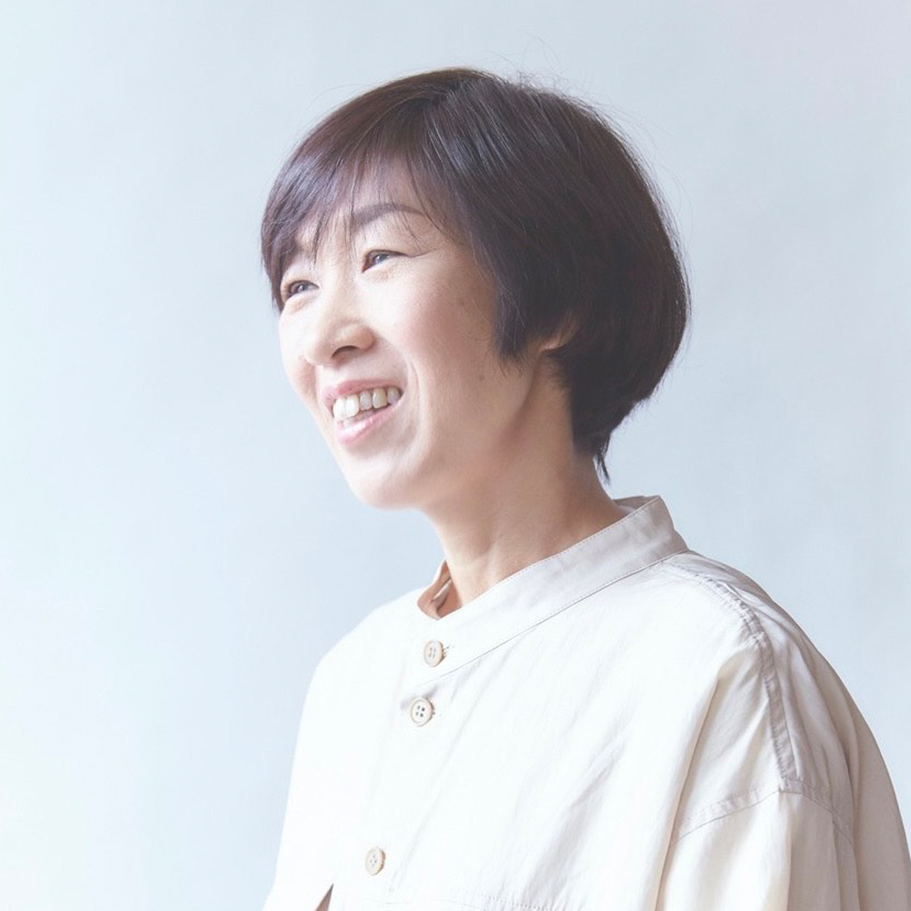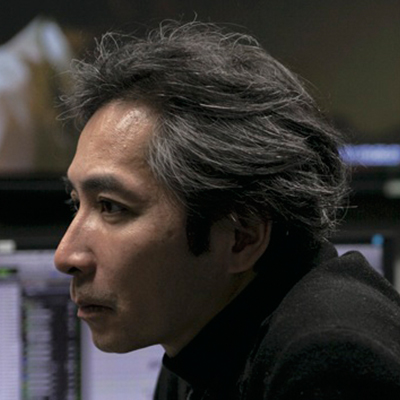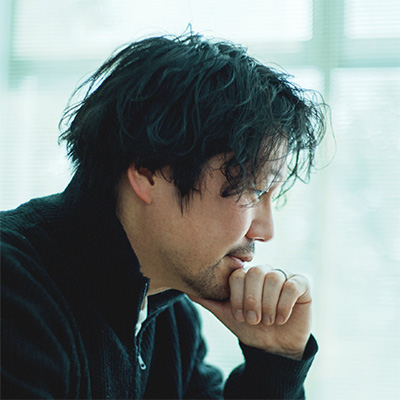Students acquire skills to work as digital-are editors who can realize the director’s intent, and more.
Editing brings filmed images to life by giving shape to dailies shot according to the storyboard, as well as images that appear on frame by accident. Even as we transition from film to digital media, the essentials of editing remain the same: in-depth analysis of the material, effective communication within the production team, identifying the subject of the work, and discovering whether or not specific elements connect. Mastering these skills requires knowledge of film as well as the world at large. Technique can be developed only once the editor viscerally grasps the ideas that need to be expressed.
We live in an age when anyone can edit a film using digital tools, which makes the editor’s position increasingly complicated. Can an editor possibly work with more precision than the director? This course teaches fundamental techniques starting with reel film editing and cultivates editors who can work effectively in the ever-changing film industry environment.
Editing Course
Shogo Yokoyama, Professor (appointed April 2025)
Born in Kanagawa Prefecture. Obtained a Bachelor’s degree in Film and Media from the London College of Communication. After returning to Japan, enrolled in the Graduate School of Film and New Media at Tokyo University of the Arts, specializing in editing. Worked as an editor on numerous domestic and international films, including Abbas Kiarostami’s 『Like Someone in Love』 Amir Naderi’s 『CUT』, Kei Ishikawa’s 『conversation(s)』、 Shota Sometani’s 『Similar But Different』 Nagme Silhan’s 『Maki』 and Yoshihiro Hanno’s 『Lighting Over the Beyond』. Served as the director of international film production workshops targeting ASEAN countries for many years. Holds a Ph.D. in Media and Film Studies.


